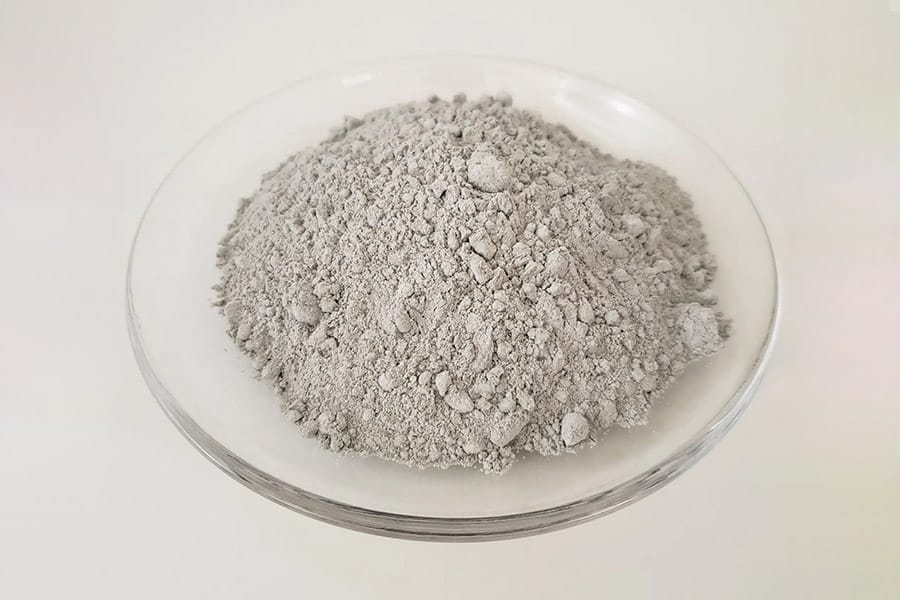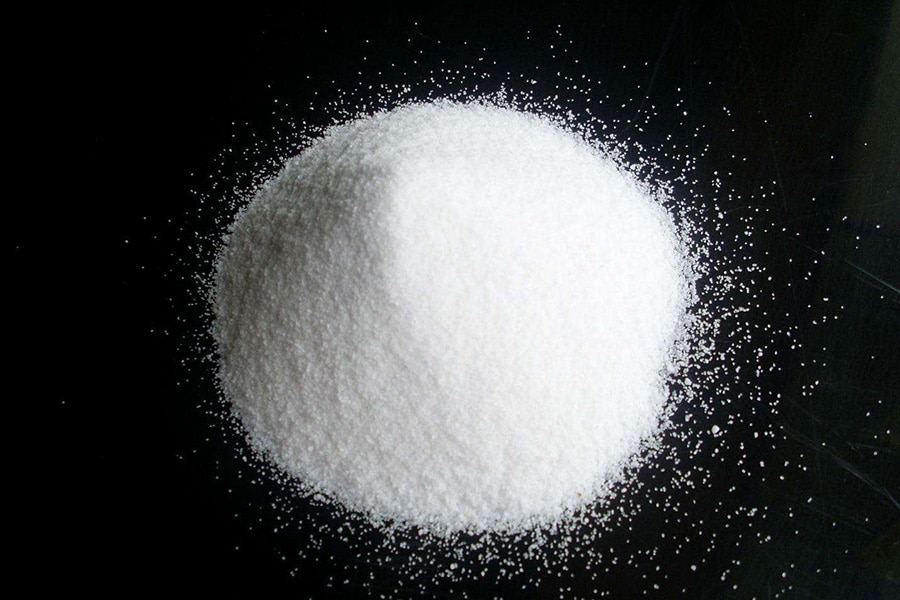실리카흄, 마이크로실리카라고도 함, 석영에서 금속 규소를 생산할 때 부산물로 생성되는 미세한 입자의 분말입니다.. 무정형 실리카로 구성 (SiO2) 높은 비표면적을 가진 (SSA) 최대 250 m2/g. 실리카 흄은 다양한 응용 분야에서 유용하게 사용할 수 있는 여러 특성을 가지고 있습니다., 포함 콘크리트, 내화 재료, 및 합성물.
규소 테트라클로라이드가 반응할 때 실리카 흄의 형성이 발생합니다. (SiCl4) 가스가 뜨거운 용광로에 주입됩니다. (일반적으로 1600-1800°C의 온도에서). SiCl4 가스는 뜨거운 용광로 분위기와 반응하여 SiO 가스를 형성합니다., 그런 다음 응축되어 실리카 연기 입자를 형성합니다.. The size and properties of the silica fume particles are affected by a number of factors, including the temperature of the furnace, the concentration of oxygen and carbon dioxide in the furnace atmosphere, and the presence of other gaseous species.
The Effect of Oxygen Concentration
Oxygen concentration plays a vital role in silica fume formation. Higher oxygen levels promote the oxidation of silicon compounds, allowing for the formation of silica fume particles with specific characteristics. Research indicates that oxygen concentration directly influences particle size, 표면적, and chemical composition of silica fume.
Effect on Particle Size and Specific Surface Area
Increased oxygen concentration generally leads to the production of smaller silica fume particles. Higher oxygen levels facilitate more complete combustion of silicon compounds, resulting in finer particles upon oxidation and cooling. 추가적으로, elevated oxygen concentration correlates with an increased specific surface area of the silica fume particles. A higher specific surface area enhances the pozzolanic reactivity of silica fume in cementitious systems, ultimately improving concrete strength and durability.
Effect on Chemical Composition
Oxygen concentration affects the chemical composition of silica fume by influencing the extent of oxidation during its formation. Higher oxygen levels favor the conversion of silicon compounds into amorphous silica, increasing the silica content in the fume. This enhanced silica content contributes to the pozzolanic activity of silica fume, making it an effective supplementary cementitious material in concrete.
The Effect of Carbon Dioxide Concentration
Carbon dioxide concentration is another critical factor in silica fume formation. During the reduction process, carbon dioxide can react with silicon compounds, influencing the characteristics of the resulting silica fume.
Effect on Particle Size and Specific Surface Area
Carbon dioxide concentration tends to have a minimal impact on silica fume particle size and specific surface area. Unlike oxygen, carbon dioxide’s influence on particle formation is less pronounced. 하지만, its role in the formation process requires further investigation to fully understand its effects on silica fume properties.
Effect on Chemical Composition
Carbon dioxide concentration can influence the chemical composition of silica fume by potentially incorporating carbon into the silica structure. This could lead to changes in the reactivity and performance of silica fume in concrete applications. 하지만, the extent of carbon incorporation and its consequences necessitate more comprehensive research.
The Effect of Other Gaseous Species
Aside from oxygen and carbon dioxide, other gaseous species also impact silica fume formation. Notably, water vapor and sulfur dioxide can influence the process and properties of silica fume.
Effect of Water Vapor
Water vapor can impact the formation of silica fume by participating in hydrolysis reactions with silicon compounds. These reactions could affect particle size, 비표면적, and chemical composition. While water vapor’s influence is recognized, its intricate interactions with the formation process warrant further exploration.
Effect of Sulfur Dioxide
Sulfur dioxide presence in the furnace atmosphere can alter the oxidation process of silicon compounds, potentially leading to the formation of crystalline silica instead of amorphous silica. This change could hinder the pozzolanic reactivity of the resulting fume. 따라서, controlling sulfur dioxide emissions is crucial to ensure the quality of silica fume.
결론
요약하자면, gas atmospheres significantly influence the formation of silica fume and subsequently affect its properties. Oxygen concentration plays a pivotal role in determining particle size, 비표면적, and chemical composition. Carbon dioxide concentration and other gaseous species also have discernible effects, although more research is needed to comprehensively understand their impact. The complex interplay between these gases during silica fume formation underscores the need for continued investigation to optimize the production process and enhance the material’s performance in concrete applications.





